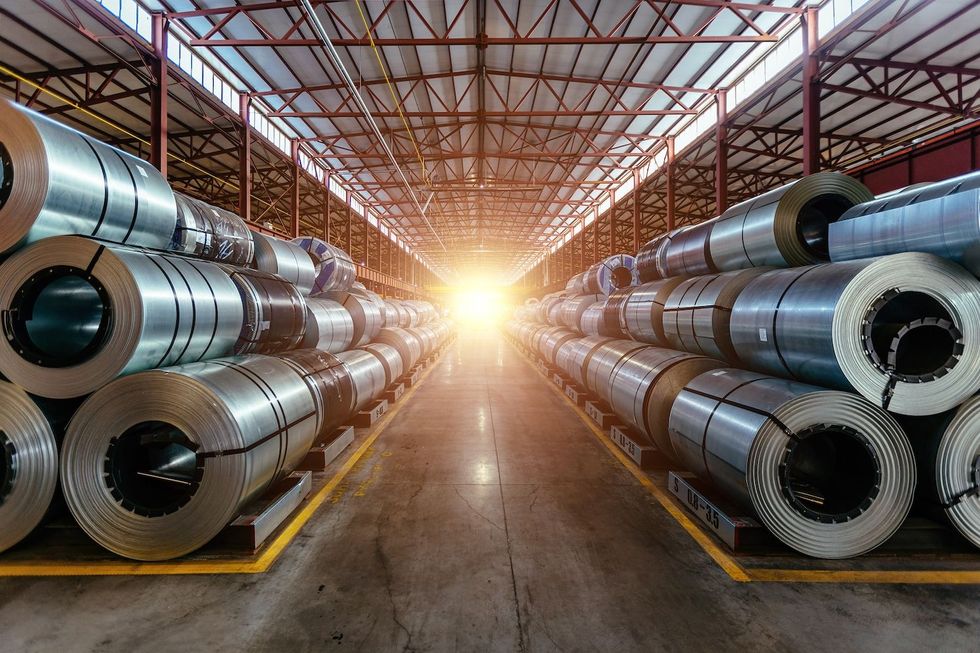The Grattan Institute, a think tank that focuses on Australian domestic public policy, has published a paper on how Australia should “use the next decade to create a foothold in the emerging green steel market.”
Written by Tony Wood and Alison Reeve, the study was made available to the public on Tuesday (July 16).
The premise of the paper is that Australia has a huge opportunity to take the lead in clean energy. The authors argue that transforming the production of essential commodities such as steel, aluminium and even hydrogen into low-emission alternatives can lead to export growth, job creation and overall progress toward a net-zero global economy.
However, pursuing the production of green metals and hydrogen requires closing the gap between conventional and zero-emissions production costs. The paper summarises its recommendations into three key points.
First is cheaper electricity, which will need to be balanced against the intermittency of renewable generation.
“Renewable electricity will be in demand from all sectors of the economy in the transition to net-zero emissions by 2050. And Australia’s renewable energy superpower ambitions rely on an abundance of low-cost renewable electricity,” Wood and Reeve explain. They believe the government should account for this green electricity demand in system planning.
The second recommendation is higher carbon prices. By raising carbon prices to make commercial production more costly, the industry will most likely follow and find ways to go green and decarbonise.
The Grattan Institute report notes that currently the Safeguard Mechanism “imposes a carbon price to drive down emissions … but this price isn’t likely to be high enough to close the cost gap before 2040.”
Last and most urgently, there is a need for Australia’s government to support “green versions” of metals.
“The best support at this time would be an industry policy that evolves from the federal government’s Hydrogen Headstart program and uses contracts-for-difference — contracts designed to support investment by underwriting part of the additional cost of production — to help industry grow,” Wood and Reeve state in the report.
They want to see direct funding from the Australian government support private investment in higher-cost, but lower-emissions iron, alumina and aluminium production — what they call green metals “flagship” projects.
At the same time, they emphasise that the government won’t be able to do all the work. “Governments cannot single-handedly drive the creation of new global-scale industries, nor invest the hundreds of billions of dollars required. But the federal government can and should implement policies that plan for, and facilitate, this future,” the paper reads.
In addition to that, adopting embedded carbon construction standards for buildings and other infrastructure can support demand for green cement, steel and aluminum from within Australia.
The Future Made in Australia package was introduced in mid-May, and it is positioned to help the country realise its potential to become a renewable energy superpower. According to the paper, this initiative, alongside specific funding mechanisms and guidance from the treasury department’s National Interest Guidelines, is a good place to begin.
Wood and Reeve conclude their report with a reminder: “The federal government has a once-in-a-century opportunity. Despite the very real challenges, the opportunity should be taken – the downside is too ugly to be contemplated and the upside too great to be missed.”
Don’t forget to follow us @INN_Australia for real-time news updates!
Securities Disclosure: I, Gabrielle de la Cruz, hold no direct investment interest in any company mentioned in this article.
From Your Site Articles
Related Articles Around the Web
Credit: Source link




